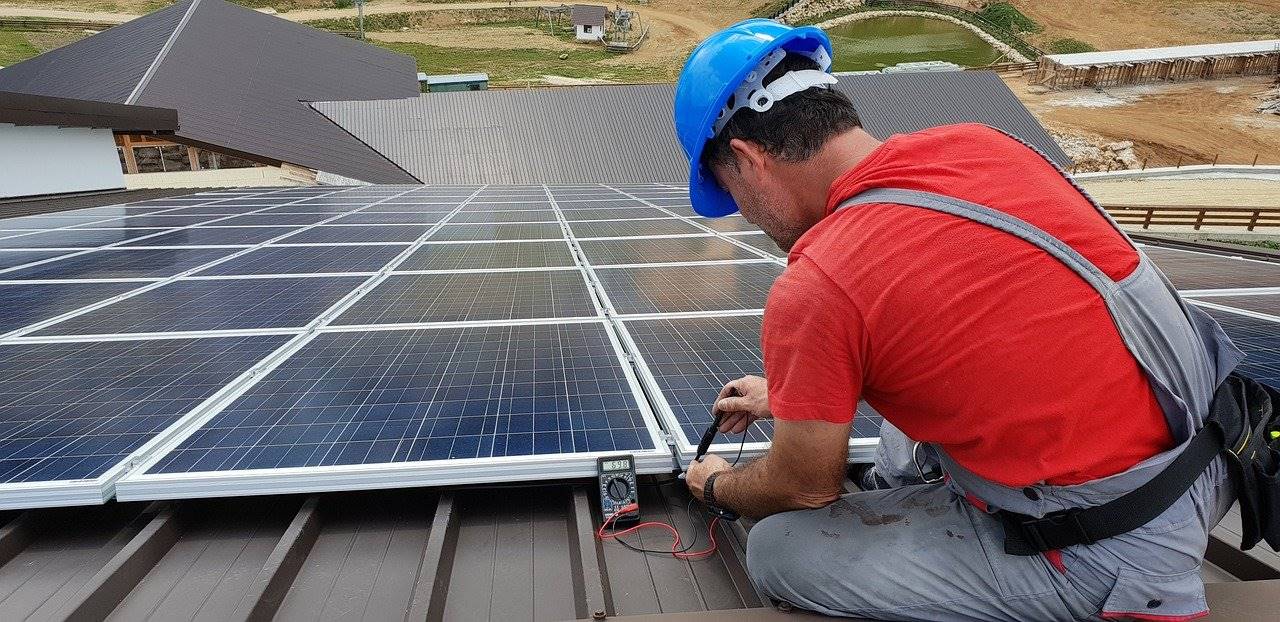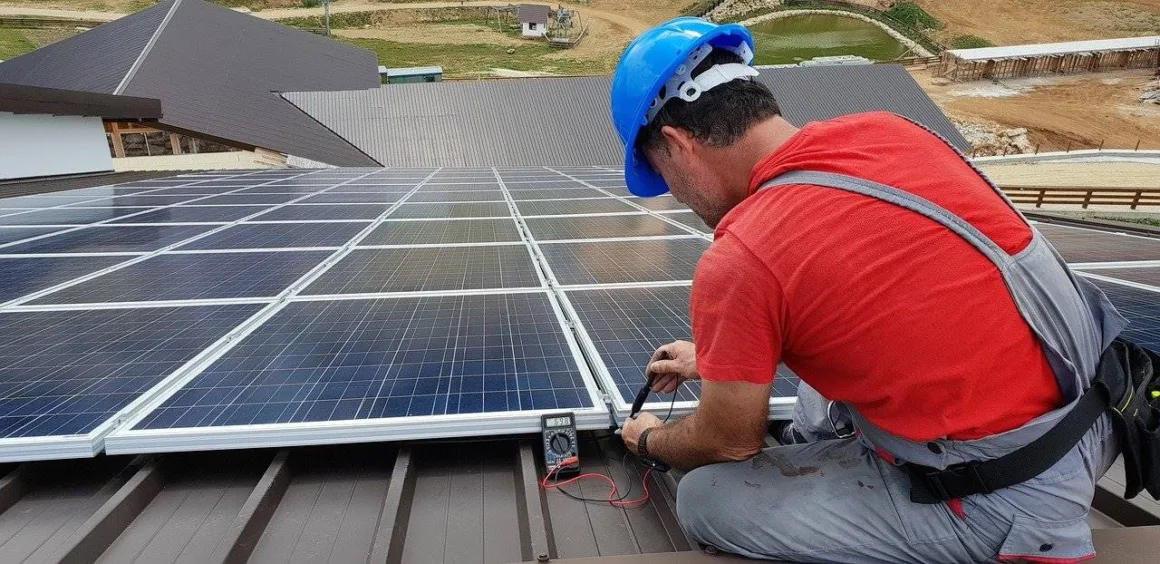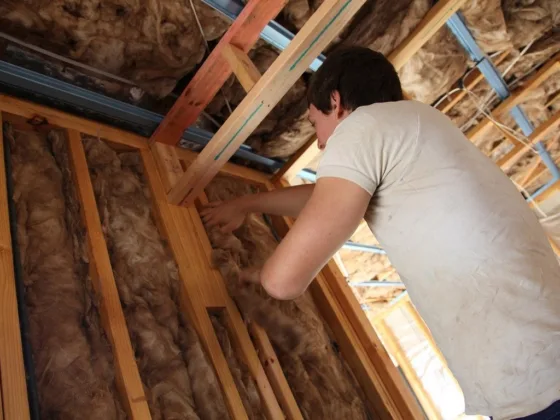American and beyond, more people are beginning to realize the essence of the solar system in their apartments.
Most are mounting solar panels on their rooftops. Solar panels have faced incredible adjustments over decades.
As a result, purchasing costs have been drastically reduced. If looking for a legit company to install your solar panels, Wegner Roofing & Solar serving Rapid City, SD offers exceptional services.

Solar panels complement electrical energy. Whether you are running a business or your homestead, you can leverage solar energy for electrical needs. In addition, solar panel installations hardly impact the environment.
However, with the importance of solar panels, you must understand and consider different things before installing them. These factors are essential for a smooth project. They will help you alternate successfully between options and make the best choice for your home.
The Slope of Your Roof
Does your roof’s positioning support solar panels? A fundamental consideration. Most roofs sit under giant trees that shade them through the day. For those new to the mechanisms of solar functioning, solar panels work like sponges.
If they absorb more light, they generate more power. Conversely, roofs covered from direct sunlight inhibit the efficient working of solar panels. They won’t generate optimum electricity.
Positioning your solar panel to face south may solve part of the problem. Similarly, west positioning may equally do well depending on your roof’s orientation and pitch. Other panels may leverage more sun power if installed on north and east-facing rooftops.
The Condition of Your Roof
Another essential consideration is the condition of your roof. How old is your roof? Check whether part of or a massive section of your roof is damaged.
It’s not a good idea to install solar panels on a crooked rooftop. First, repair or replace the old roof, then mount your panels. That way, you won’t have to dismantle and re-install the panels (incurring extra costs).
On the other hand, consider the rate of warranties for both your roof and solar panel. Strive to find solar panels that guarantee an almost equal lifespan as your roof. For example, if your roofing has a 20-year warranty, your panels should be around 19-21-years. Thai reduce maintenance cost, including your time and effort.
Read Also:
Lease or Buy?
Lease or buy is a trade-off anyone wishing to install solar panels must weigh. It reviews the cost-benefit ratio. You are accustomed to cheaper power with a small upfront payment if you lease. But if you purchase, you are subject to paying more significant dividends.
However, the long-term effect on both options varies. For those who lease, their ownership is retained by the leasing company, and they have to continually pay a specific rate over time to use the equipment. But if you buy the panel, you pay a one-time cost, and with time, you may regain this cost through rebates and incentives.
Yours is to compare the lease lifecycle costs with ownership benefits. As you carry on your analysis, understand that the solar system can last decades, but specific components like inverters have a shorter lifespan. That means you must factor in replacement costs for these components.
Do you Trust Your Installer?
Like hiring someone to fix anything in your home, solar installations leverage trust. But while the logistics of solar installation covers home improvement, it involves risks of electrical work.
For instance, you don’t want electricians doing the electrical work for the first time to oversee installations. To make it successful, rely on references and check credentials.
Once they install your solar panels, some companies will stay around for their entire lifespan. Given that solar cells lack movable elements, they demand less maintenance.
But that doesn’t suggest that everything will run smoothly for the entire period of your warranty. If any component stops functioning, you want your installer to be accessible to honor their warranty.
How Should the Installer Mount Your Solar Panels?
Your roof type will affect your installer’s mechanism when installing your solar panels. If your roofing is more conventional (like asphalt shingles), your installer will use flashing and lag bolts when installing.
The bolts drill holes and mount onto the rafters while flashing to prevent water from seeping through the roof.
What if you have metal roofing? Can the installer mount the solar panels? Yes. Only that drilling may not be an option.
Instead, the installer uses mounting apparatus to position your panels on your metal rooftop. For instance, installers use tile replacement mounts when installing panels on tiled metal roofs.










